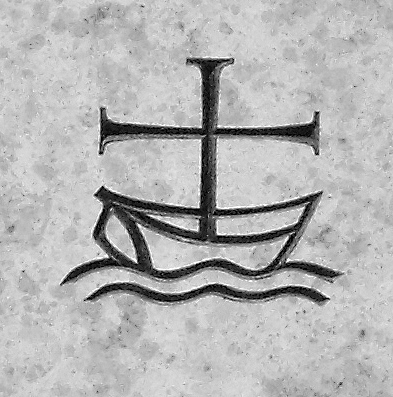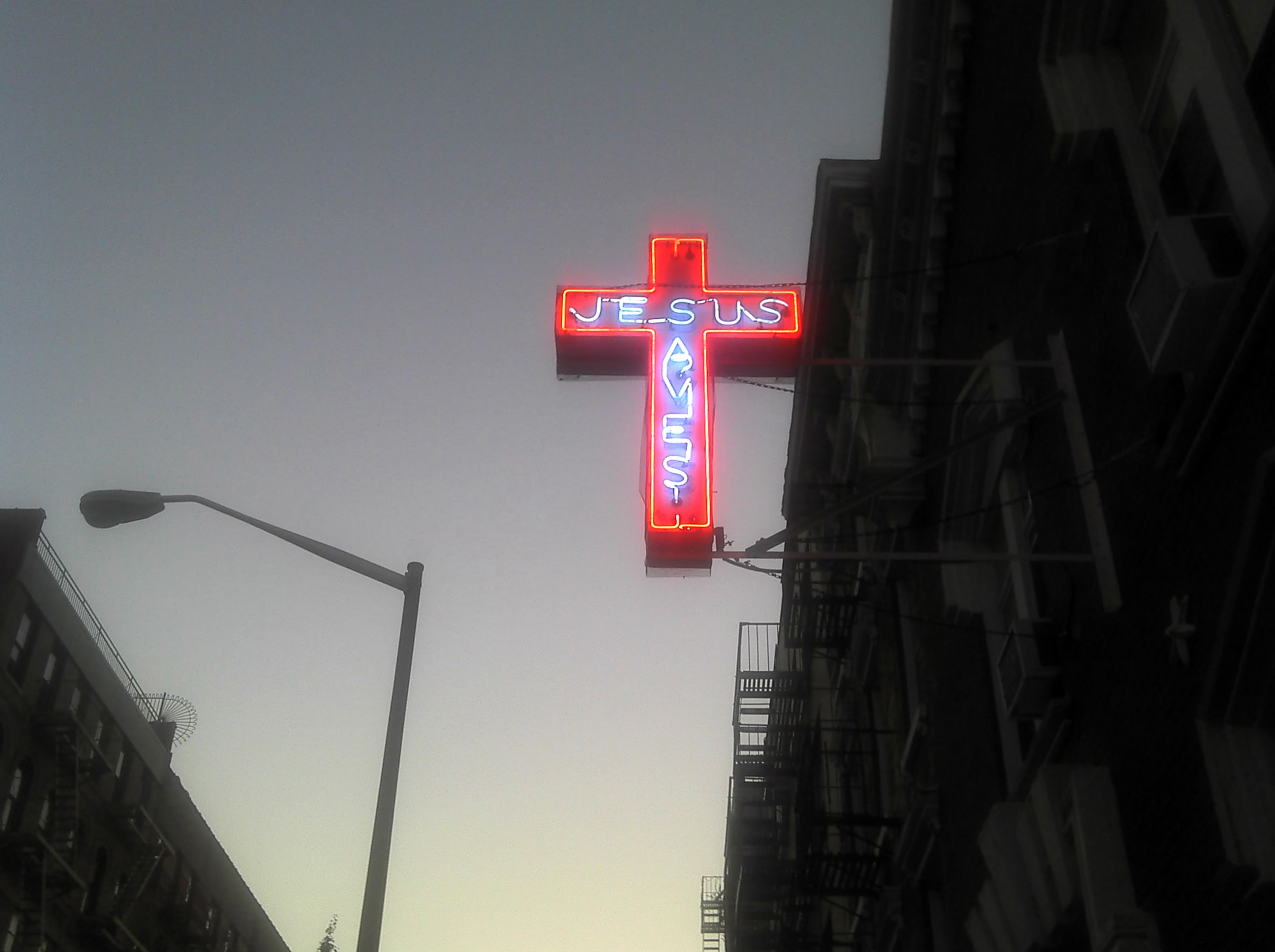|
John Scott Lidgett
John Scott Lidgett, CH (10 August 1854 – 16 June 1953) was a British Wesleyan Methodist minister and educationist. He achieved prominence both as a theologian and reformer within British Methodism, stressing the importance of the church's engagement with the whole of society and human culture, and as an effective advocate for education within London. He served as the first President of the Methodist Conference in 1932–33. Life He was born in Lewisham, the son of John Jacob Lidgett, a shipowner, and Maria Elizabeth Scott. His maternal grandfather John Scott (1792–1868) was a prominent Wesleyan Methodist, a founder and first Principal of Westminster Training College. Lidgett was educated at University College, London, entering in 1873, taking his BA in 1874 and his MA in 1875; he was awarded a DD by the University of Aberdeen on the strength of a book published in 1902, ''The Fatherhood of God''. In later life Lidgett was closely involved with the University of L ... [...More Info...] [...Related Items...] OR: [Wikipedia] [Google] [Baidu] |
The Reverend
The Reverend is an style (manner of address), honorific style most often placed before the names of Christian clergy and Minister of religion, ministers. There are sometimes differences in the way the style is used in different countries and church traditions. ''The Reverend'' is correctly called a ''style'' but is often and in some dictionaries called a title, form of address, or title of respect. The style is also sometimes used by leaders in other religions such as Judaism and Buddhism. The term is an anglicisation of the Latin ''reverendus'', the style originally used in Latin documents in medieval Europe. It is the gerundive or future passive participle of the verb ''revereri'' ("to respect; to revere"), meaning "[one who is] to be revered/must be respected". ''The Reverend'' is therefore equivalent to ''The Honourable'' or ''The Venerable''. It is paired with a modifier or noun for some offices in some religious traditions: Lutheran archbishops, Anglican archbishops, and ... [...More Info...] [...Related Items...] OR: [Wikipedia] [Google] [Baidu] |
Methodist Union
Methodist Union was the joining together of several of the larger British Methodist denominations. These were the Wesleyan Methodists, the Primitive Methodists, and the United Methodists. In 1932 a Uniting Conference met on 20 September in the Royal Albert Hall, London. It adopted the Deed of Union as setting forth the basis of union and declaring and defining the constitution and doctrinal standards of the Methodist Church, and a new Model Deed was executed. After 1932, the new united body was known simply as ''The Methodist Church''. To distinguish this from Methodism in other countries (chiefly the United States), it is now styled the Methodist Church of Great Britain. The various Methodist denominations The largest was the parent body, the ''Wesleyan Methodist Connexion'', from which a number of offshoots had sprung. The Primitive Methodists were the second largest of these, having arisen in the first decade of the nineteenth century following the conversion of Hugh Bourne a ... [...More Info...] [...Related Items...] OR: [Wikipedia] [Google] [Baidu] |
Ecumenical Movement
Ecumenism (), also spelled oecumenism, is the concept and principle that Christians who belong to different Christian denominations should work together to develop closer relationships among their churches and promote Christian unity. The adjective ''ecumenical'' is thus applied to any initiative that encourages greater cooperation and union among Christian denominations and churches. The fact that all Christians belonging to mainstream Christian denominations profess faith in Jesus as Lord and Saviour over a believer's life, believe that the Bible is the infallible, inerrant and inspired word of God (John 1:1), and receive baptism according to the Trinitarian formula is seen as being a basis for ecumenism and its goal of Christian unity. Ecumenists cite John 17:20-23 as the biblical grounds of striving for church unity, in which Jesus prays that Christians "may all be one" in order "that the world may know" and believe the Gospel message. In 1920, the Ecumenical Patriarch ... [...More Info...] [...Related Items...] OR: [Wikipedia] [Google] [Baidu] |
List Of Presidents Of The Methodist Conference
This is a chronological list of presidents of the Methodist Conference of the Methodist Church of Great Britain and its predecessor churches. John Wesley, founder of Methodism, organised and presided over the first Methodist Conference, which was to become the church's governing body. This article lists his successors, who are elected by the Conference to serve a one-year term. Presidents follow Wesley's example in travelling the length and breadth of Great Britain, visiting and preaching in local Methodist chapels. Presidents also have an important role representing the Methodist Church in the wider world (most prominently, appearing at the Remembrance Sunday service at the Cenotaph in Whitehall). The first century of British Methodism was characterised by multiple splits from the original Wesleyan Methodist Church. Other Methodist branches, such as the Primitive Methodist Church, Bible Christian Church and the Methodist New Connexion had their own conferences and presidents. Th ... [...More Info...] [...Related Items...] OR: [Wikipedia] [Google] [Baidu] |
Toynbee Hall
Toynbee Hall is a charitable institution that works to address the causes and impacts of poverty in the East End of London and elsewhere. Established in 1884, it is based in Commercial Street, Spitalfields, and was the first university-affiliated institution of the worldwide settlement movement—a reformist social agenda that strove to get the rich and poor to live more closely together in an interdependent community. It was founded by Henrietta and Samuel Barnett in the economically depressed East End, and was named in memory of their friend and fellow reformer, Oxford historian Arnold Toynbee, who had died the previous year. Toynbee Hall continues to strive to bridge the gap between people of all social and financial backgrounds, with a focus on working towards a future without poverty. History Shortly after their marriage in 1873, Samuel Barnett and his wife, Henrietta, moved to the Whitechapel district of the East End of London.Canon and Mrs. S.A. Barnett (1909The Beginn ... [...More Info...] [...Related Items...] OR: [Wikipedia] [Google] [Baidu] |
Settlement Movement
The settlement movement was a reformist social movement that began in the 1880s and peaked around the 1920s in United Kingdom and the United States. Its goal was to bring the rich and the poor of society together in both physical proximity and social interconnectedness. Its main object was the establishment of "settlement houses" in poor urban areas, in which volunteer middle-class "settlement workers" would live, hoping to share knowledge and culture with, and alleviate the poverty of, their low-income neighbors. The settlement houses provided services such as daycare, English classes, and healthcare to improve the lives of the poor in these areas. The most famous settlement house of the time was Hull House, founded by Jane Addams and Ellen Starr. History United Kingdom The movement started in 1884 with the founding of Toynbee Hall in Whitechapel, in the East End of London. These houses, radically different from those later examples in America, often offered food, shelter, and ... [...More Info...] [...Related Items...] OR: [Wikipedia] [Google] [Baidu] |
Bermondsey Settlement
The Bermondsey Settlement was a settlement house founded in Bermondsey, South-East London, by the Rev'd John Scott Lidgett. It was the only Methodist foundation among the settlements that appeared in the late 19th and early 20th century. Like other settlement houses it offered social, health and educational services to the poor of its neighbourhood. It was particularly concerned with educational matters (Lidgett was a prominent educationist) including music and dance. It is noted for the work of one of its residents, Grace Kimmins, in relation to children's play. Other notable residents included the radical nonconformist Hugh Price Hughes, Grace Kimmins' husband Charles William Kimmins, English socialist and pacifist Ada Salter, and doctor and political radical Alfred Salter. The settlement opened in 1892. The architect of the main building was Elijah Hoole, who had also built Toynbee Hall some years earlier. It was closed in 1967 and the building was demolished two year ... [...More Info...] [...Related Items...] OR: [Wikipedia] [Google] [Baidu] |
Social Gospel
The Social Gospel is a social movement within Protestantism that aims to apply Christian ethics to social problems, especially issues of social justice such as economic inequality, poverty, alcoholism, crime, racial tensions, slums, unclean environment, child labor, lack of unionization, poor schools, and the dangers of war. It was most prominent in the early-20th-century United States and Canada. Theologically, the Social Gospelers sought to put into practice the Lord's Prayer ( Matthew 6:10): "Thy kingdom come, Thy will be done on earth as it is in heaven". They typically were postmillennialist; that is, they believed the Second Coming could not happen until humankind rid itself of social evils by human effort. The Social Gospel was more popular among clergy than laity. Its leaders were predominantly associated with the liberal wing of the progressive movement, and most were theologically liberal, although a few were also conservative when it came to their views on social issue ... [...More Info...] [...Related Items...] OR: [Wikipedia] [Google] [Baidu] |
Evangelical Christianity
Evangelicalism (), also called evangelical Christianity or evangelical Protestantism, is a worldwide Interdenominationalism, interdenominational movement within Protestantism, Protestant Christianity that affirms the centrality of being "born again", in which an individual experiences personal conversion; the authority of the Bible as God in Christianity, God's revelation to humanity (biblical inerrancy); and evangelism, spreading the Christian message. The word ''evangelical'' comes from the Greek (''euangelion'') word for "the gospel, good news". Its origins are usually traced to 1738, with various theological streams contributing to its foundation, including Pietism and Radical Pietism, Puritanism, Quakerism, Presbyterianism and Moravian Church, Moravianism (in particular its bishop Nicolaus Zinzendorf and his community at Herrnhut).Brian Stiller, ''Evangelicals Around the World: A Global Handbook for the 21st Century'', Thomas Nelson, USA, 2015, pp. 28, 90. Preeminently, ... [...More Info...] [...Related Items...] OR: [Wikipedia] [Google] [Baidu] |
Atonement In Christianity
In Christianity, salvation (also called deliverance or redemption) is the "saving fhuman beings from sin and its consequences, which include death and separation from God" by Christ's death and resurrection, and the justification following this salvation. While the idea of Jesus' death as an atonement for human sin was recorded in the Christian Bible, and was elaborated in Paul's epistles and in the Gospels, Paul saw the faithful redeemed by participation in Jesus' death and rising. Early Christians regarded themselves as partaking in a new covenant with God, open to both Jews and Gentiles, through the sacrificial death and subsequent exaltation of Jesus Christ. Early Christian notions of the person and sacrificial role of Jesus in human salvation were further elaborated by the Church Fathers, medieval writers and modern scholars in various atonement theories, such as the ransom theory, Christus Victor theory, recapitulation theory, satisfaction theory, penal substitut ... [...More Info...] [...Related Items...] OR: [Wikipedia] [Google] [Baidu] |
Penal Substitution
Penal substitution (sometimes, esp. in older writings, called forensic theory)D. Smith, The atonement in the light of history and the modern spirit' (London: Hodder and Stoughton), p. 96-7: 'THE FORENSIC THEORY...each successive period of history has produced its peculiar type of soteriological doctrine...the third period--the period ushered in by the Reformation.' Vincent Taylor, ''The Cross of Christ'' (London: Macmillan & Co, 1956), p. 71-2: '...the ''four main types'', which have persisted throughout the centuries. The oldest theory is the ''Ransom Theory''...It held sway for a thousand years. ..The ''Forensic Theory'' is that of the Reformers and their successors.' is a theory of the atonement within Christian theology, which declares that Christ, voluntarily submitting to God the Father's plan, was punished (penalized) in the place of sinners (substitution), thus satisfying the demands of justice so God can justly forgive sins making us at one with God (atonement). It began ... [...More Info...] [...Related Items...] OR: [Wikipedia] [Google] [Baidu] |




.jpg)
